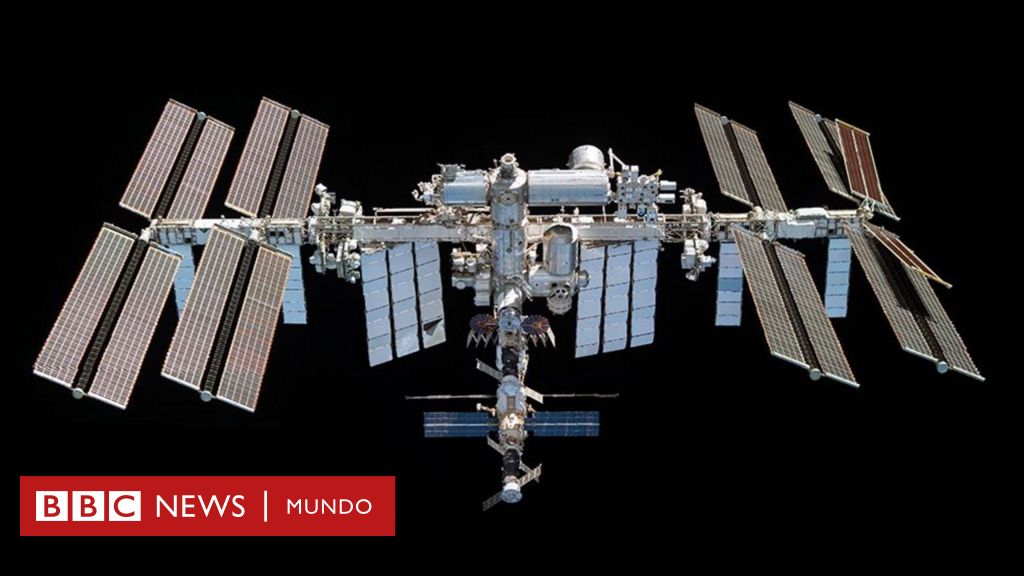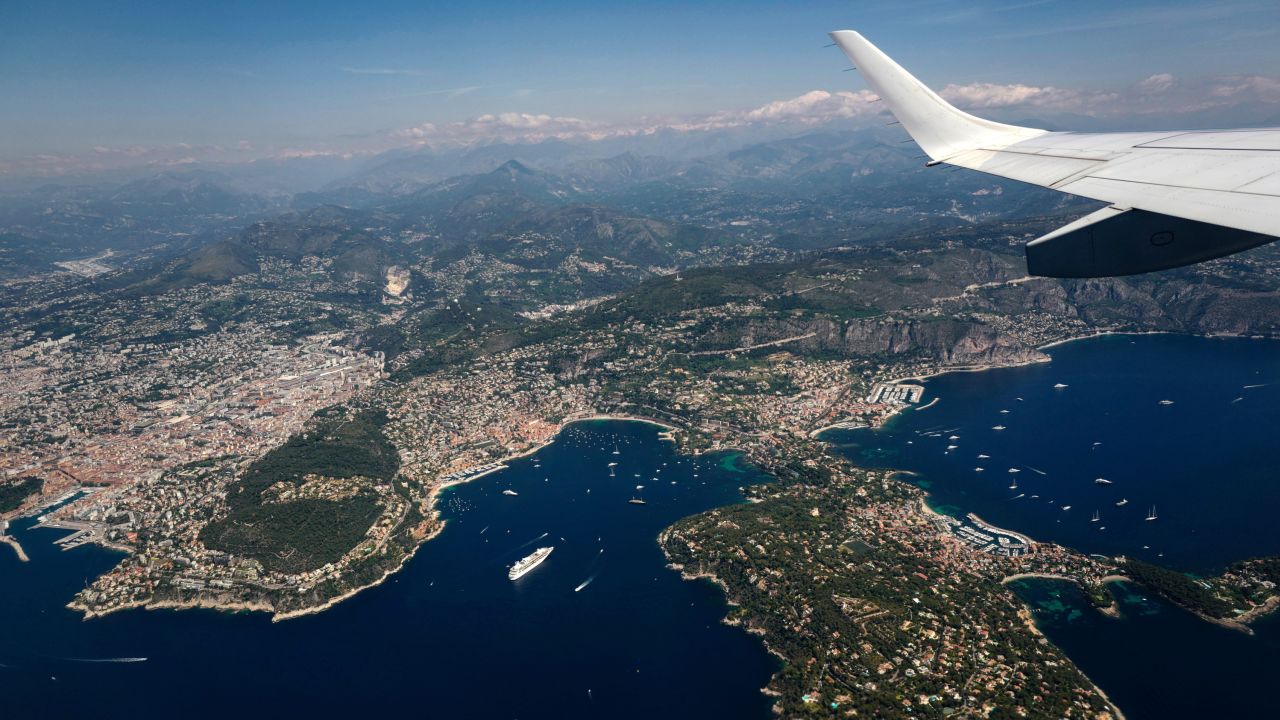image source, Pot
- author, Jonathan Amos
- stock, BBC Science Correspondent
NASA has chosen Elon Musk-owned SpaceX to dismantle the International Space Station at the end of its useful life.
The California-based company will build a vehicle capable of pushing a 430-ton platform that will orbit our planet in the Pacific Ocean over the next decade.
Agreement, value US$843 million, This was announced on Wednesday.
The first components of the International Space Station were launched in 1998, and crew operations began in 2000.
The station orbits the Earth every 90 minutes at an altitude of just over 400 km and thousands of scientific experiments have been carried out there, investigating all sorts of phenomena, from the aging process of humans to the formulation of new types of materials.
Engineers say the lab structure remains intact Pretty solidBut so what Ultimately it is necessary to develop plans to remove it. Without any intervention, the site will automatically fall to Earth, which will pose a significant danger to the population of the planet.
“Selecting a deorbit vehicle for the International Space Station will help NASA and its international partners ensure a safe and responsible transition to low Earth orbit at the end of station operations,” said Ken Bowersachs, the agency's director of space operations.
US and Russia ISS. Europe, Canada and Japan play supporting roles. Western countries have agreed to fund the station until 2030; Russia says its participation will last until at least 2028.
image source, Pot
NASA explored several options for disposing of the space station at the end of its useful life; Among them, the station is removed and its younger components are used on the new generation platform. Another idea is to hand it over to a commercial entity for its operation and maintenance.
But all these solutions pose various problems in terms of both complexity and cost. And there is the legal issue of resolving property issues.
Neither NASA nor SpaceX have released details on the design of the “tuck” that will lift the International Space Station out of orbit, but it Considerable encouragement is required Safe guidance in the atmosphere at the right place and time.
The platform's large mass and extension (it's roughly the size of a football field) means that some structures and components bear the re-entry heat and fall onto the planet.
Controllers will allow the International Space Station's orbit to fall naturally for a period of time, and once the last crew is removed, they will direct the tug to operate. Final Orbit Abandonment Maneuver.
Space debris travels to a remote location known as the inaccessible Pacific Pole, or Point Nemo.
Named after the famous underwater sailor from Jules Verne's book “20,000 Leagues Under the Sea”, it is located 2,500 km from the nearest land.
NASA believes that several private conglomerates will begin launching commercial space stations by the time the International Space Station disappears from space.
The space agencies' focus will shift to a project to build a gateway to orbit the moon.
Remember that you can receive notifications on our app. Download the latest version and activate them.





